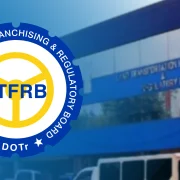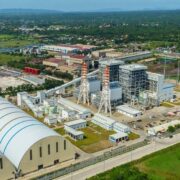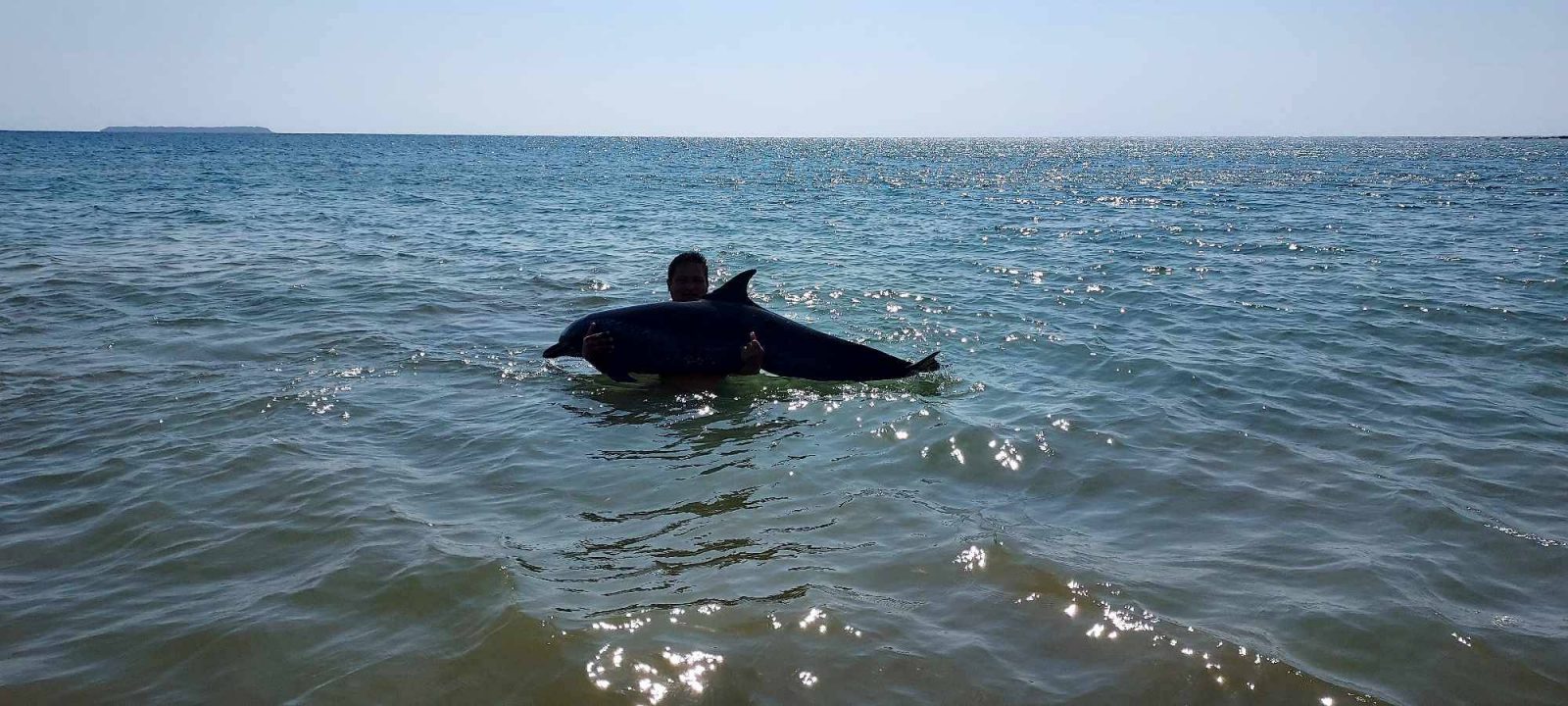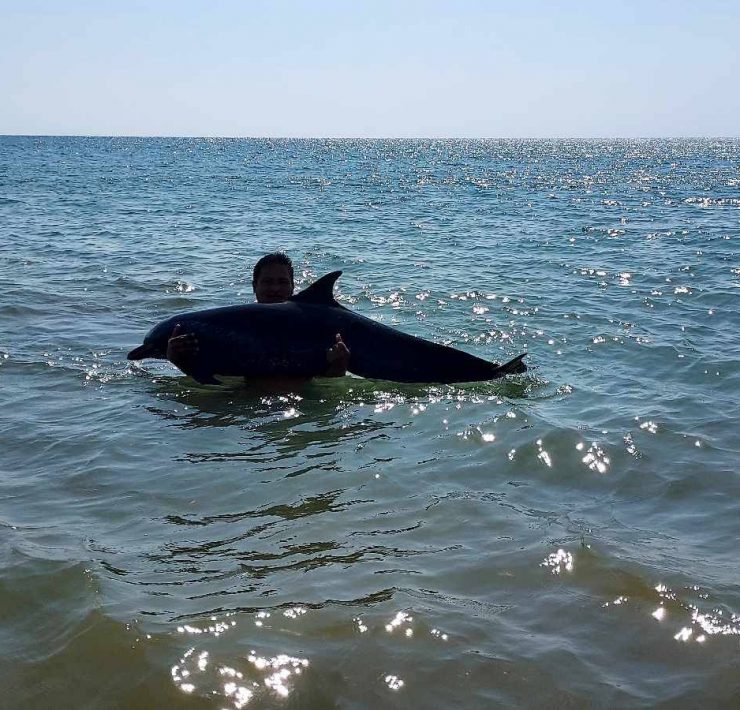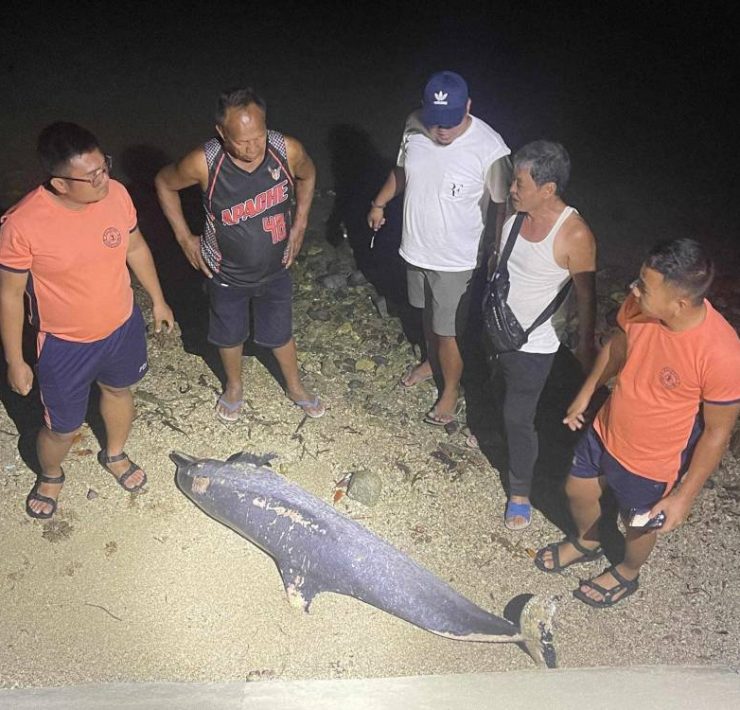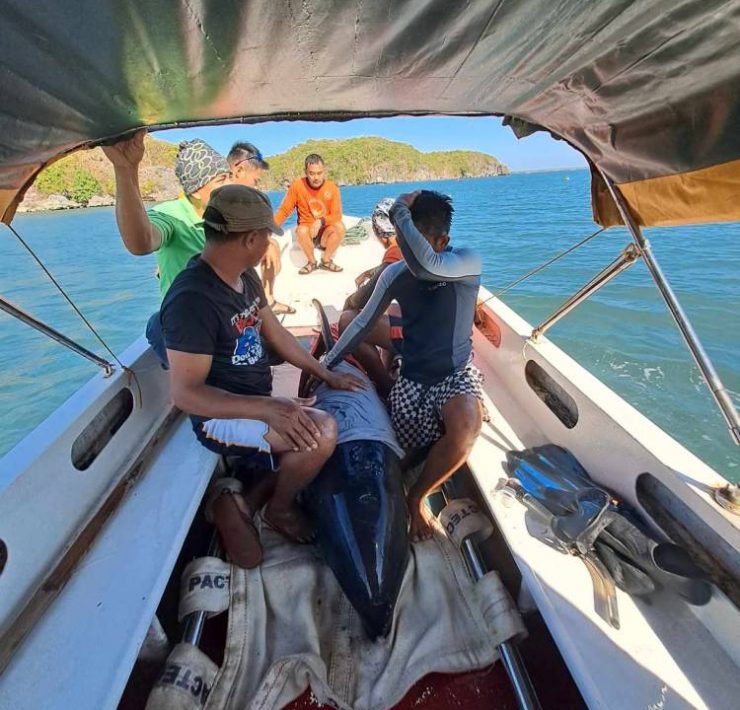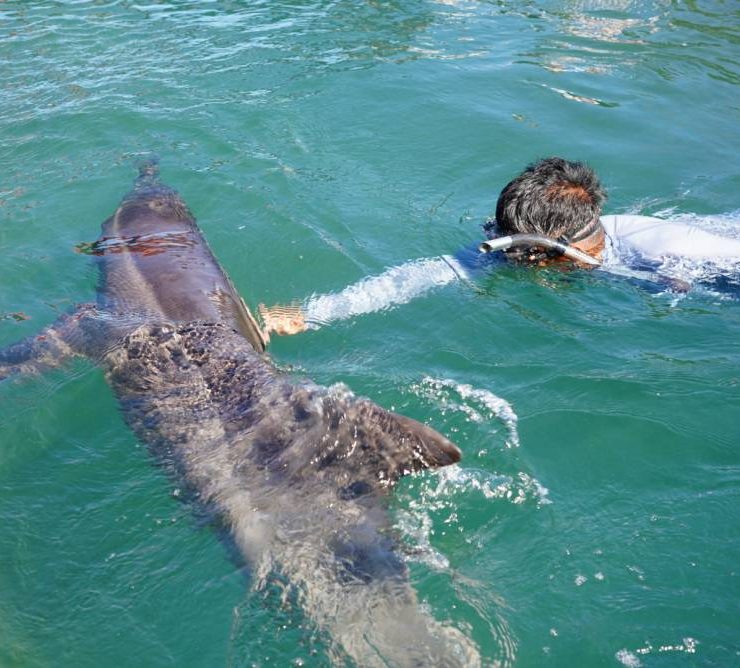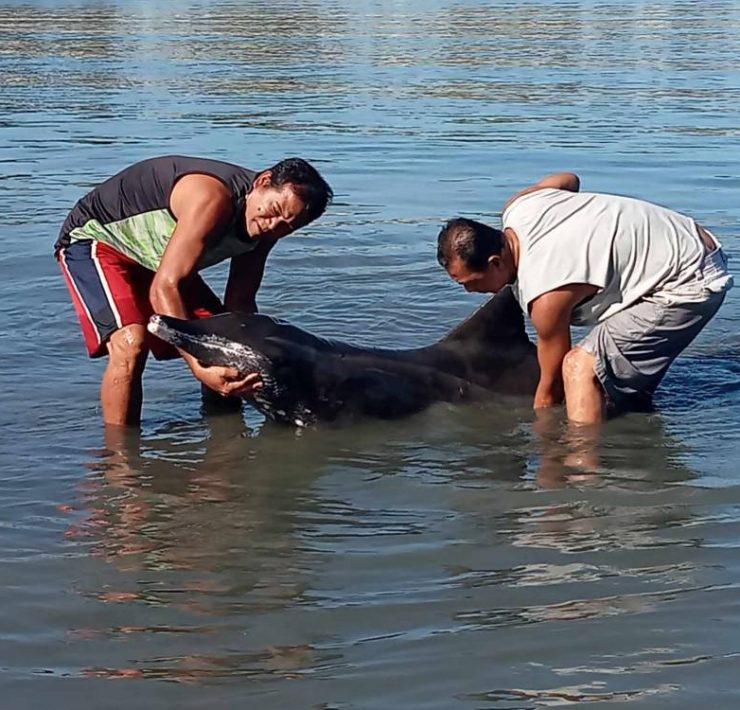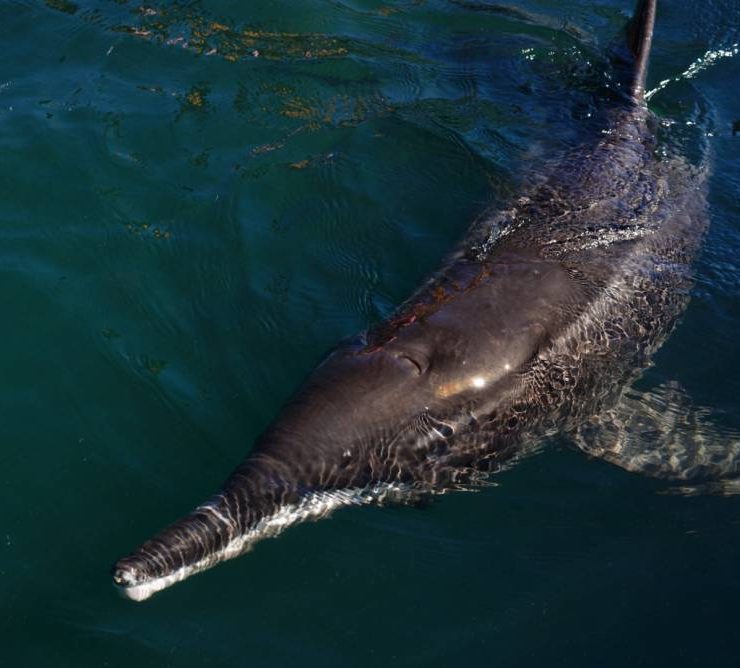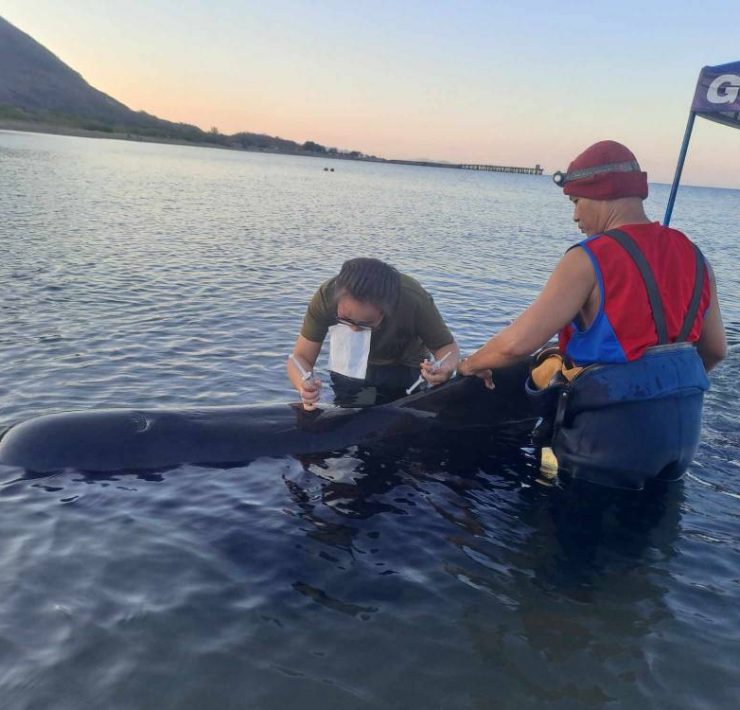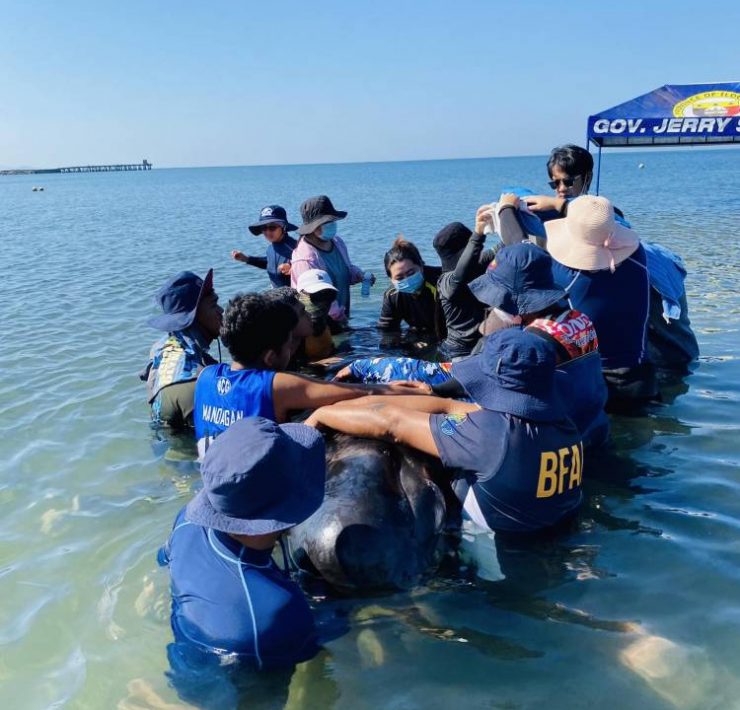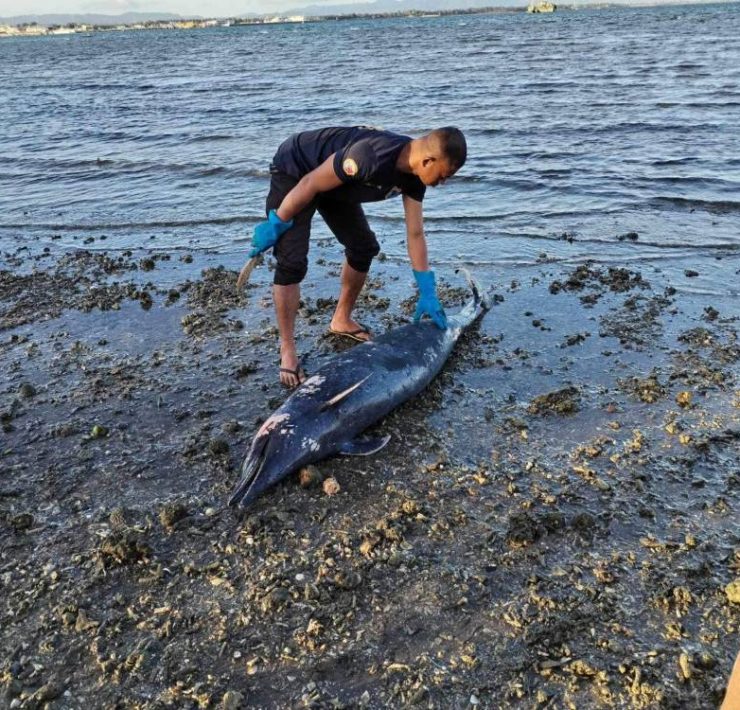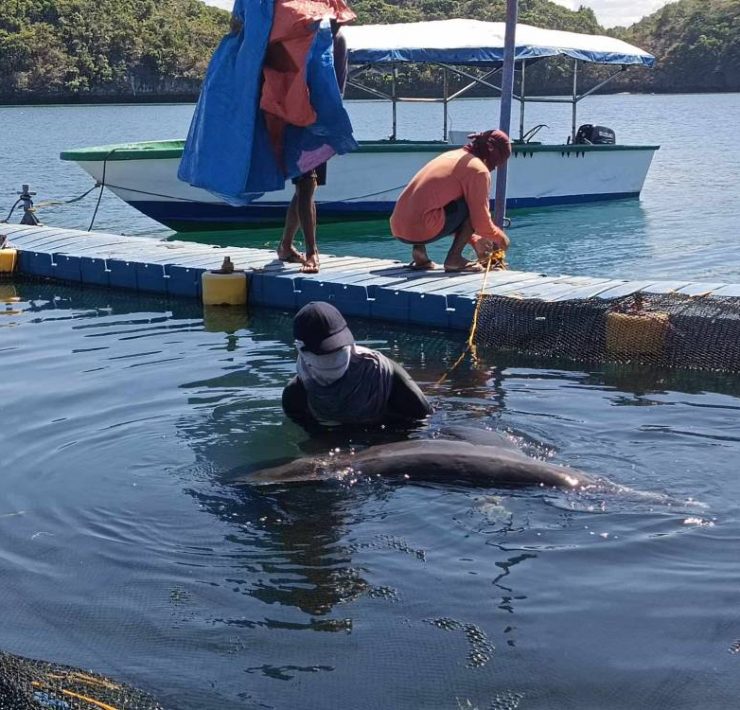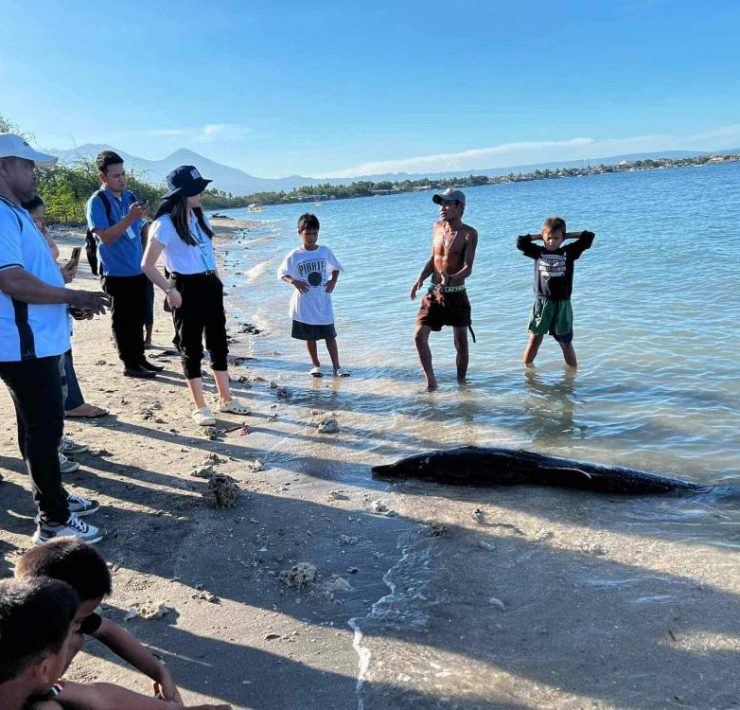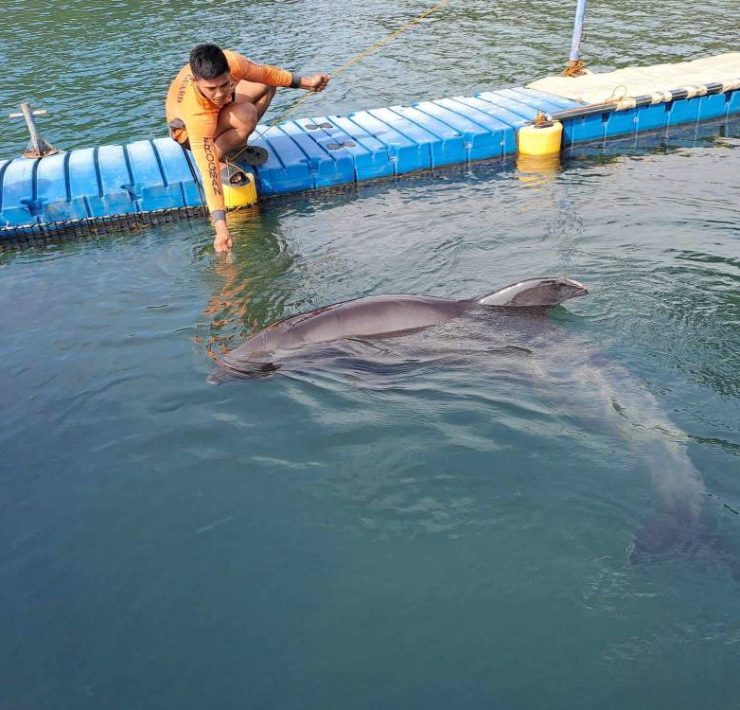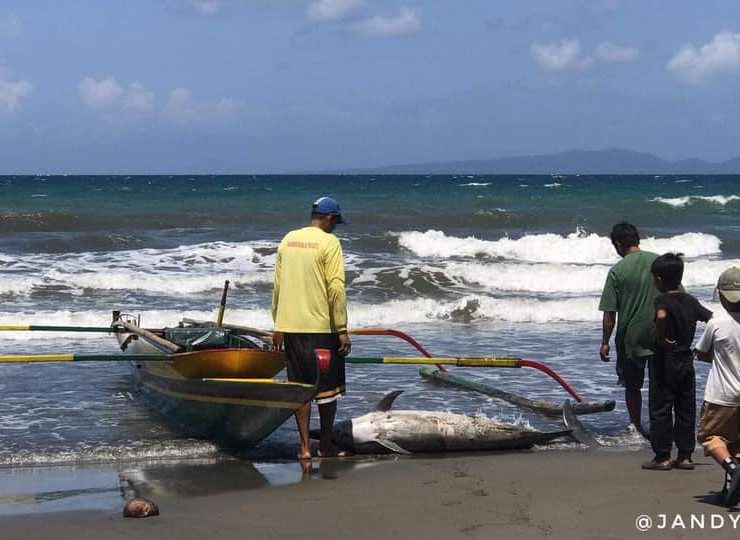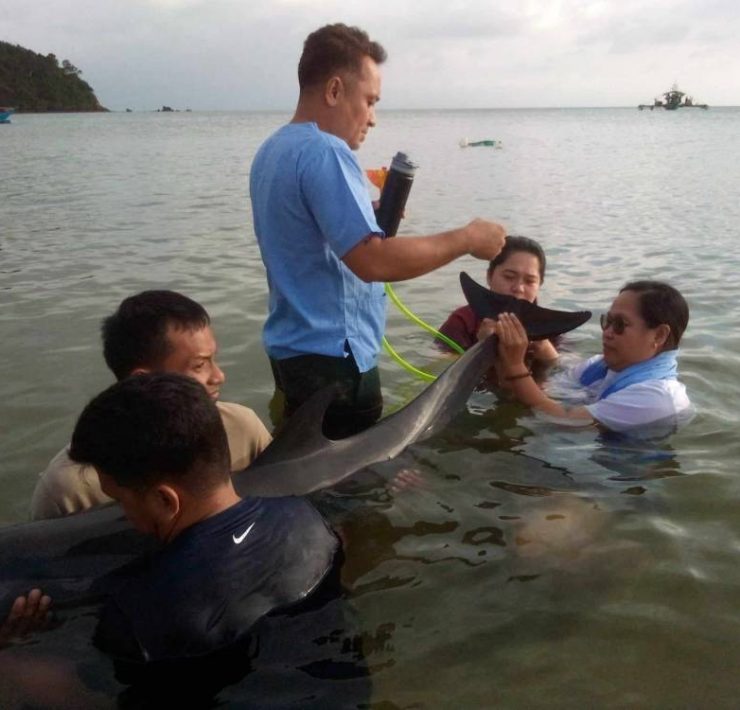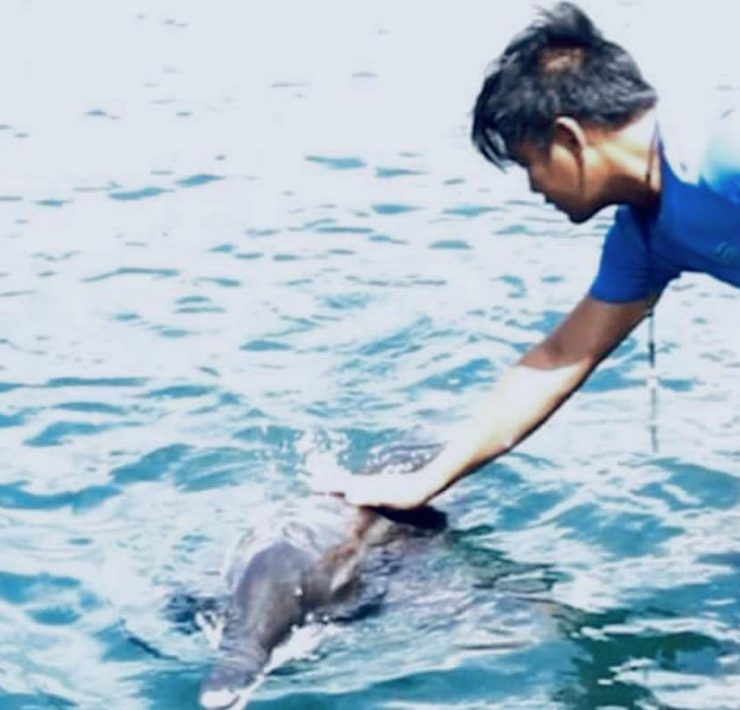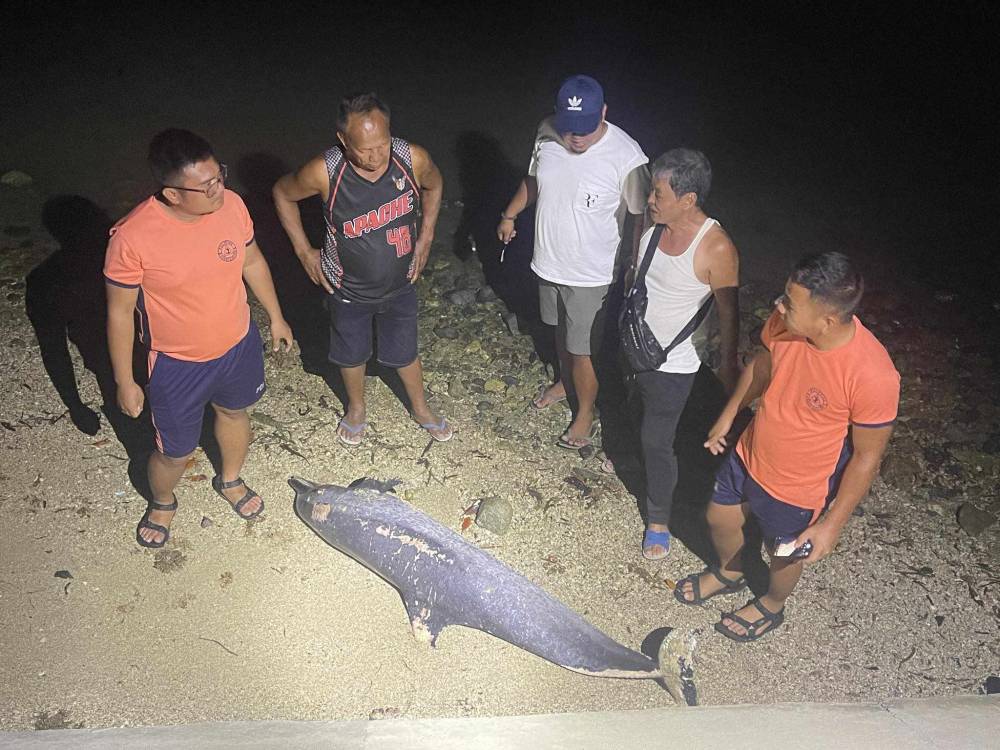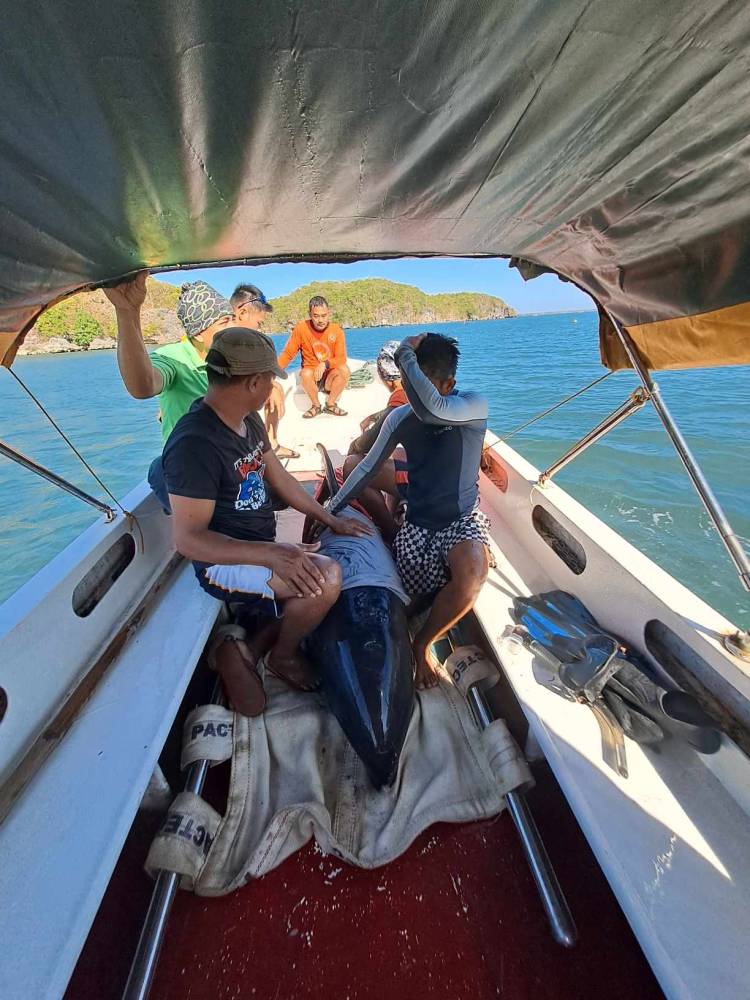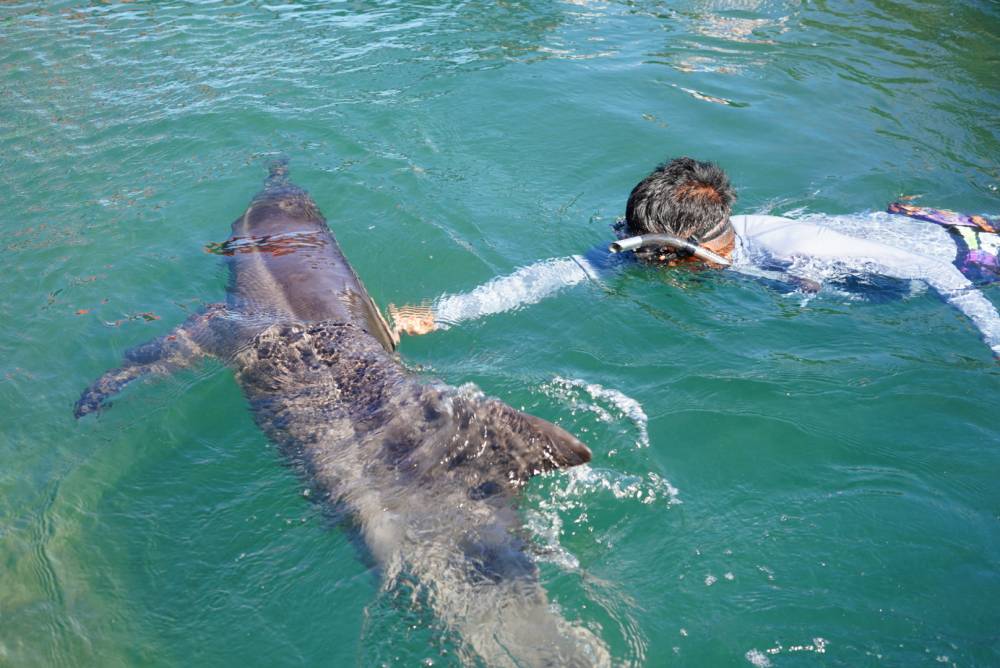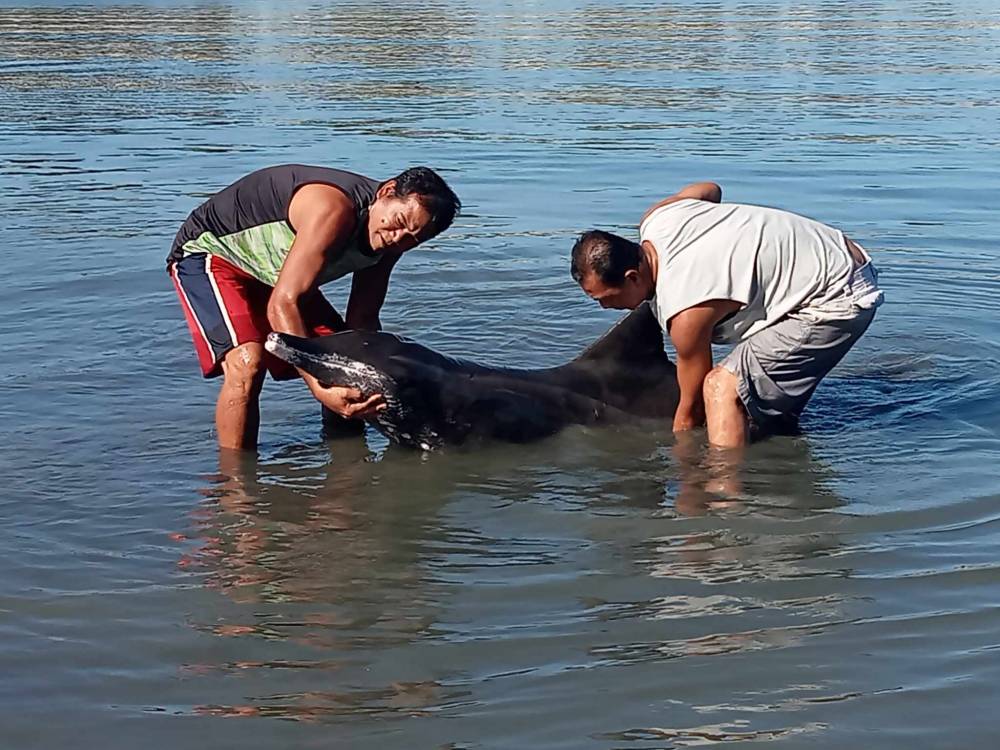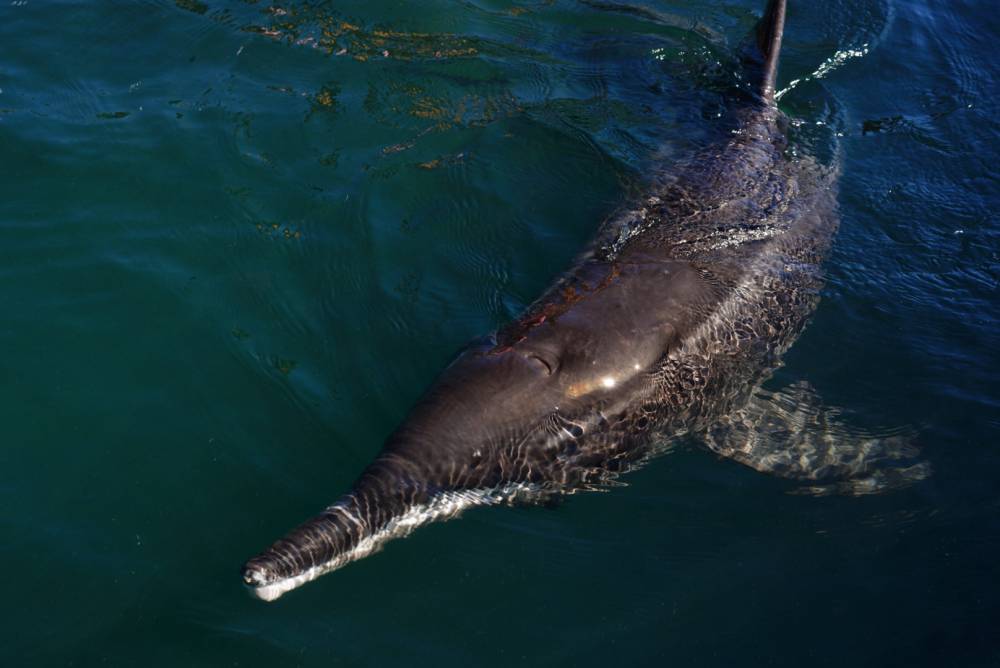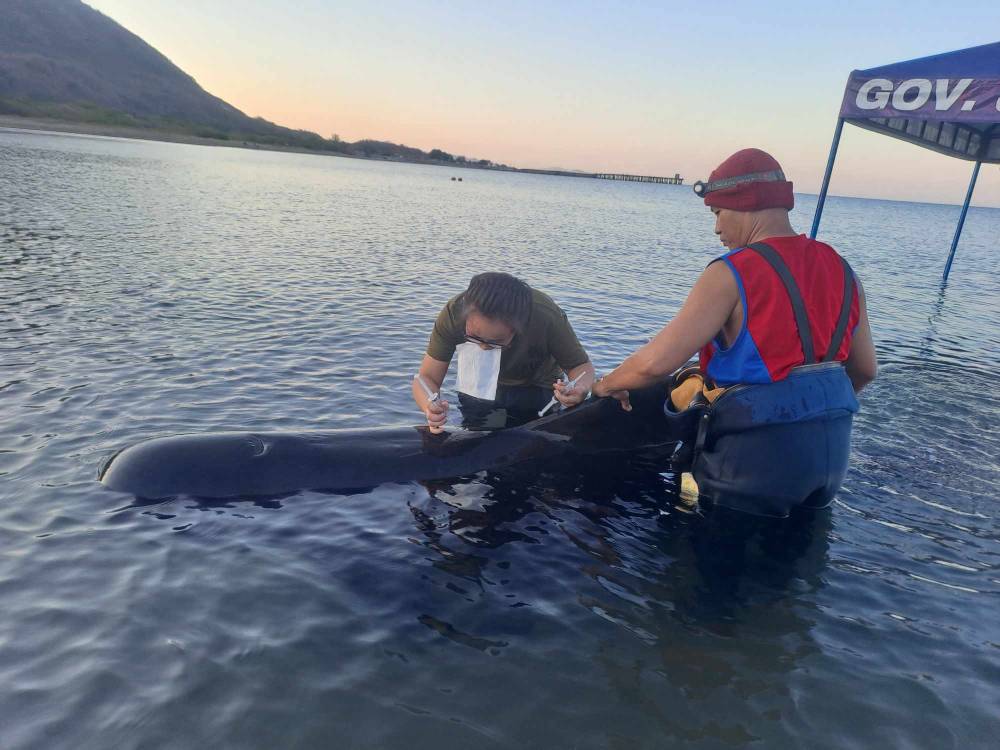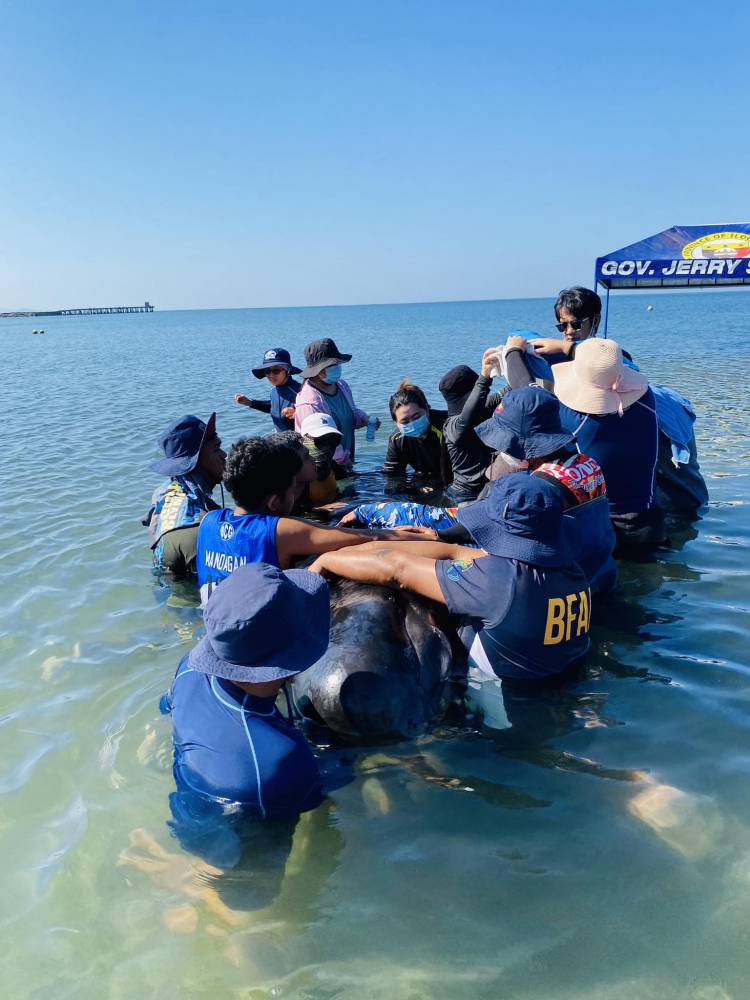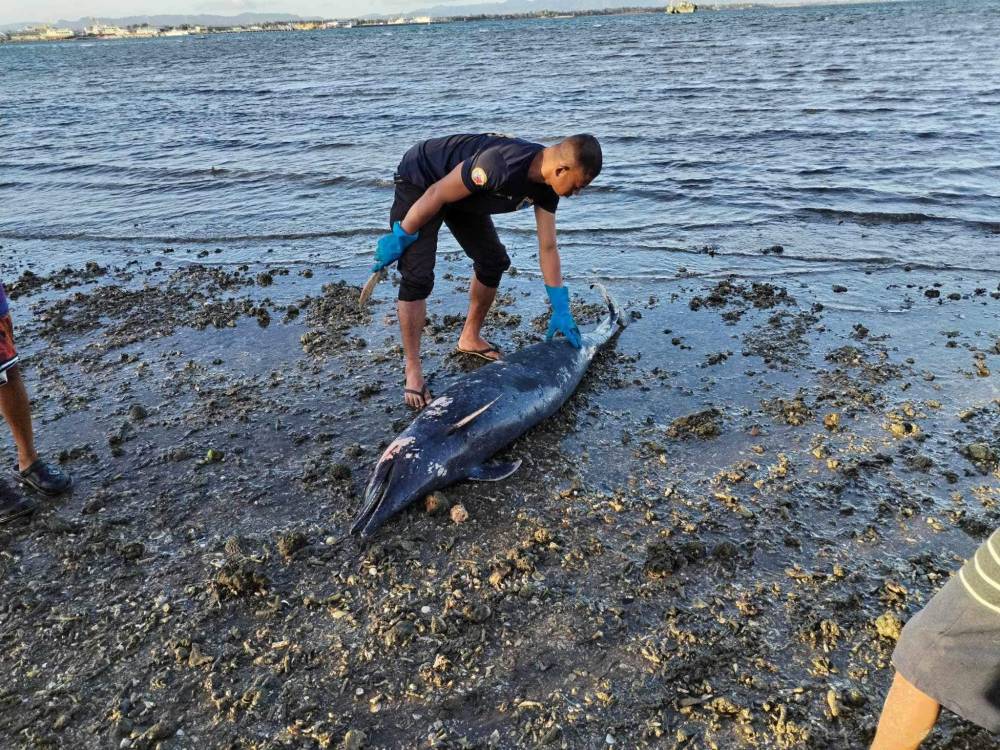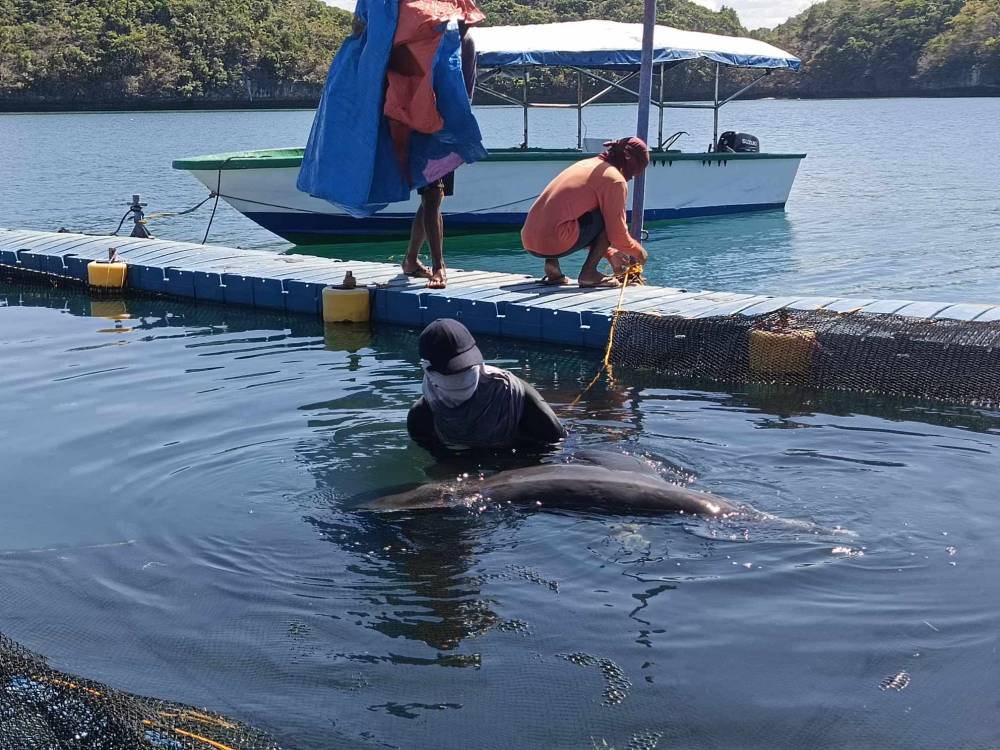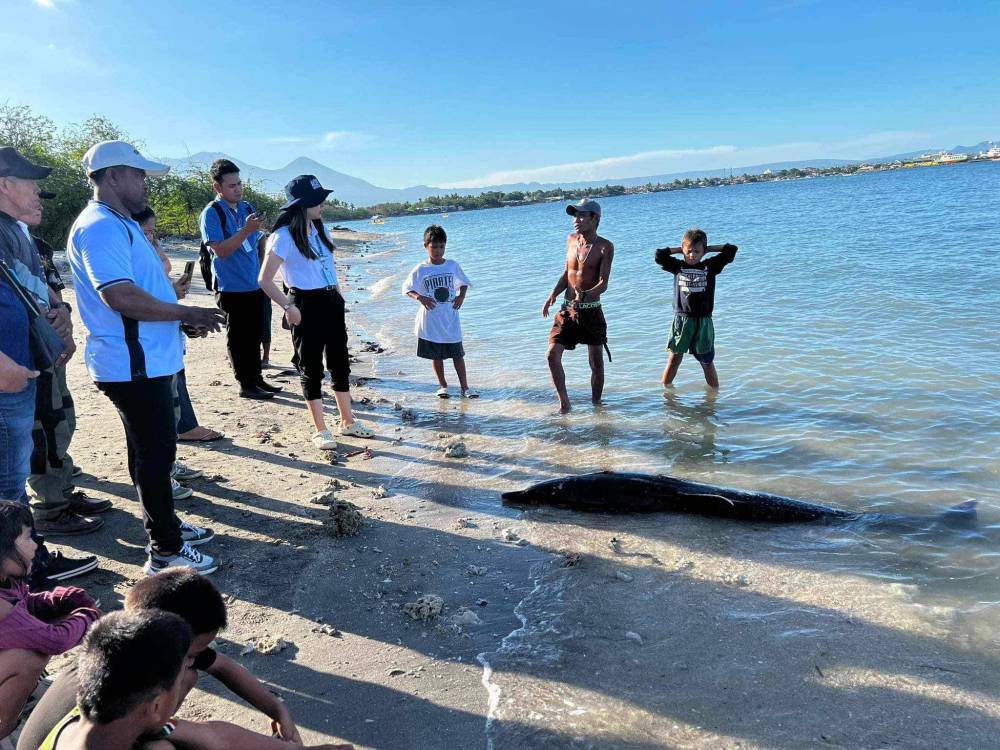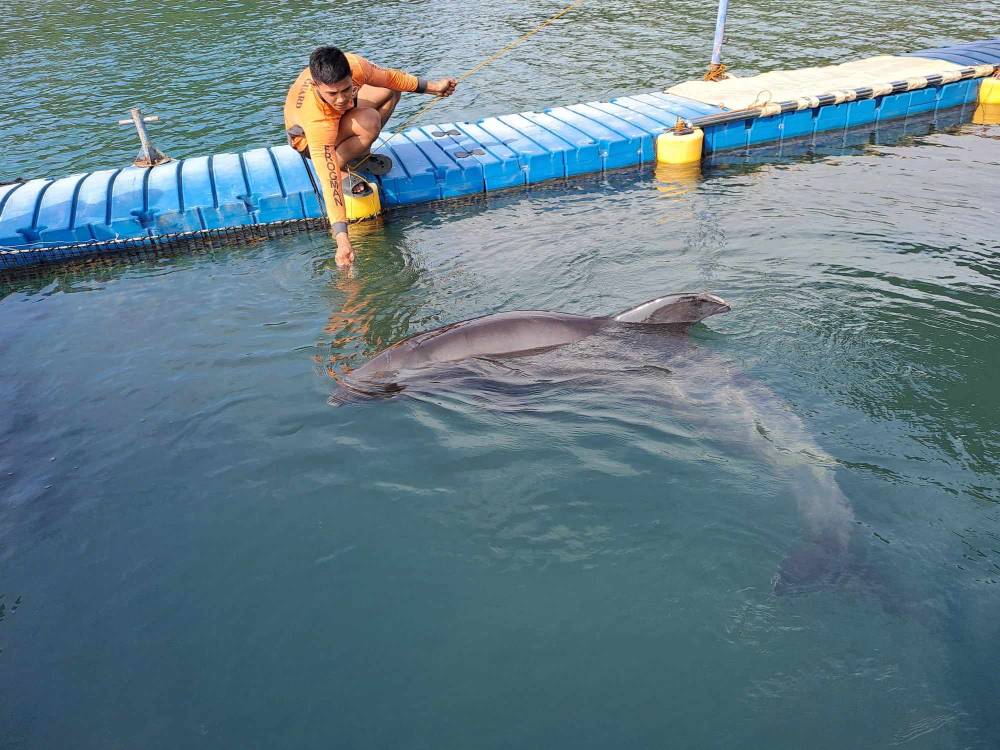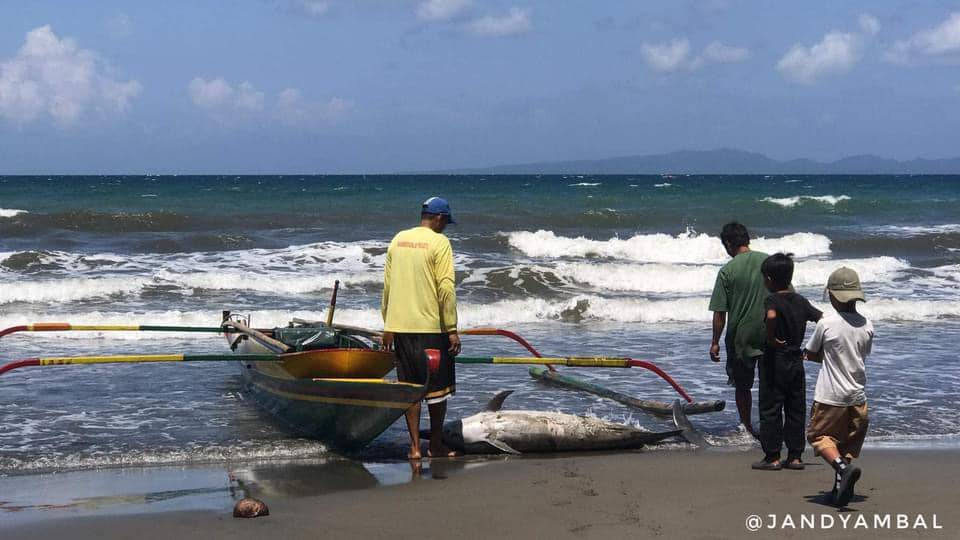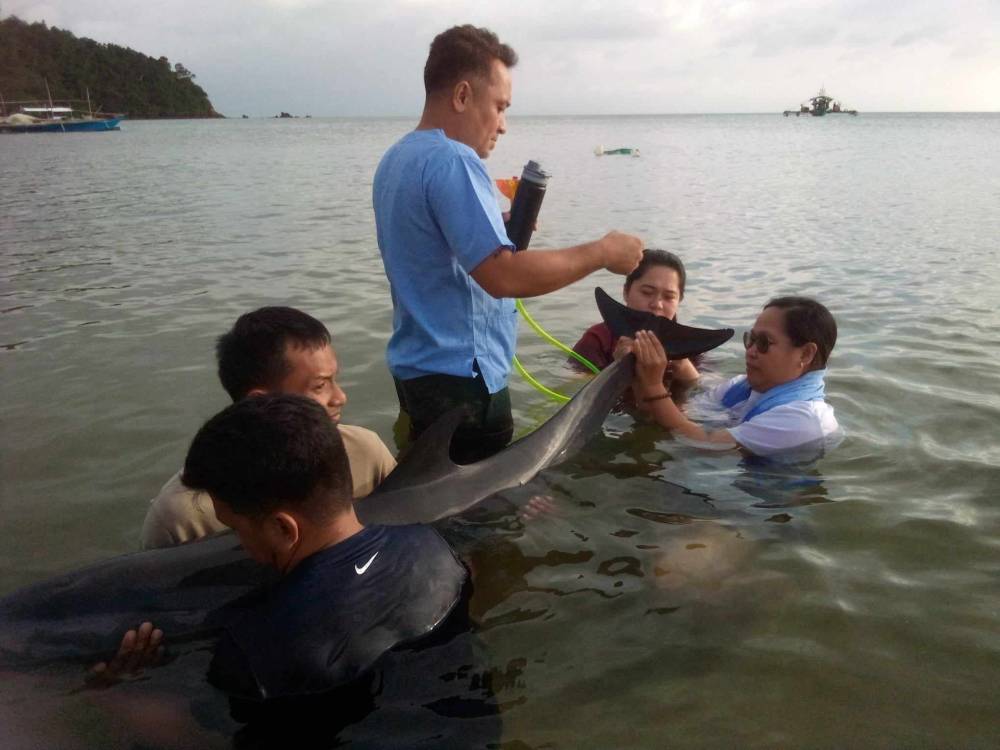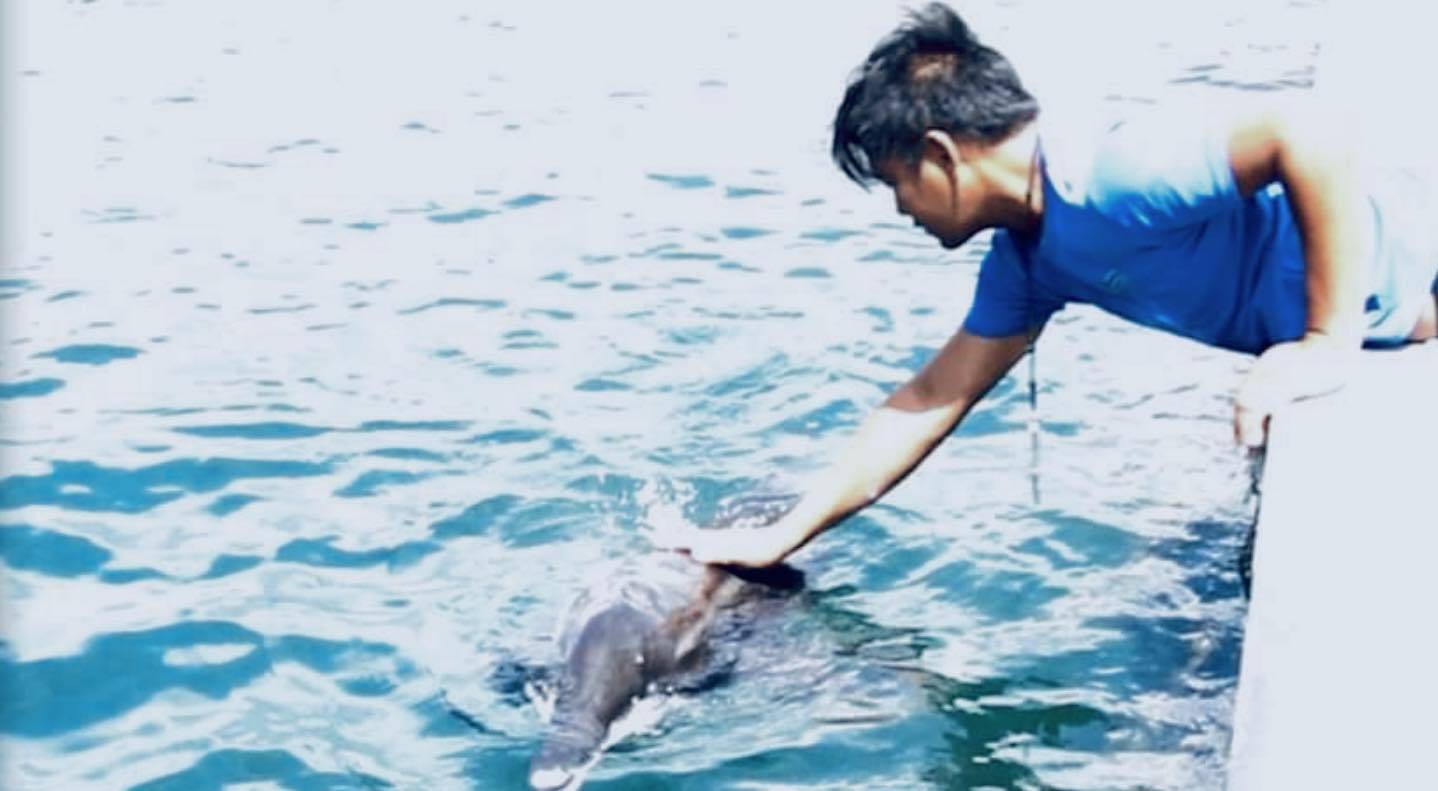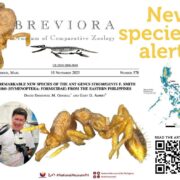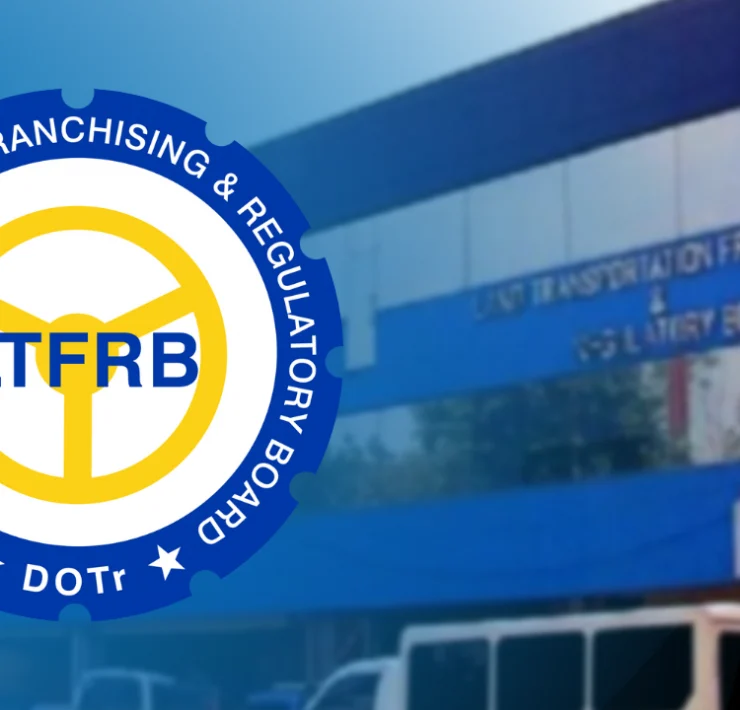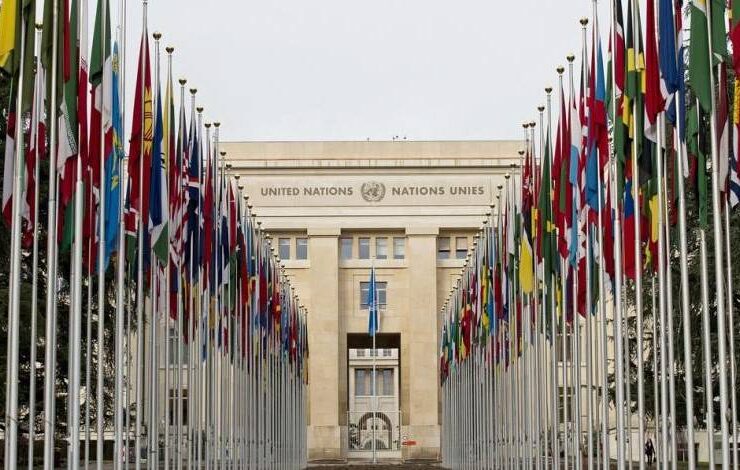Real-life dolphin rescue not like in the movies
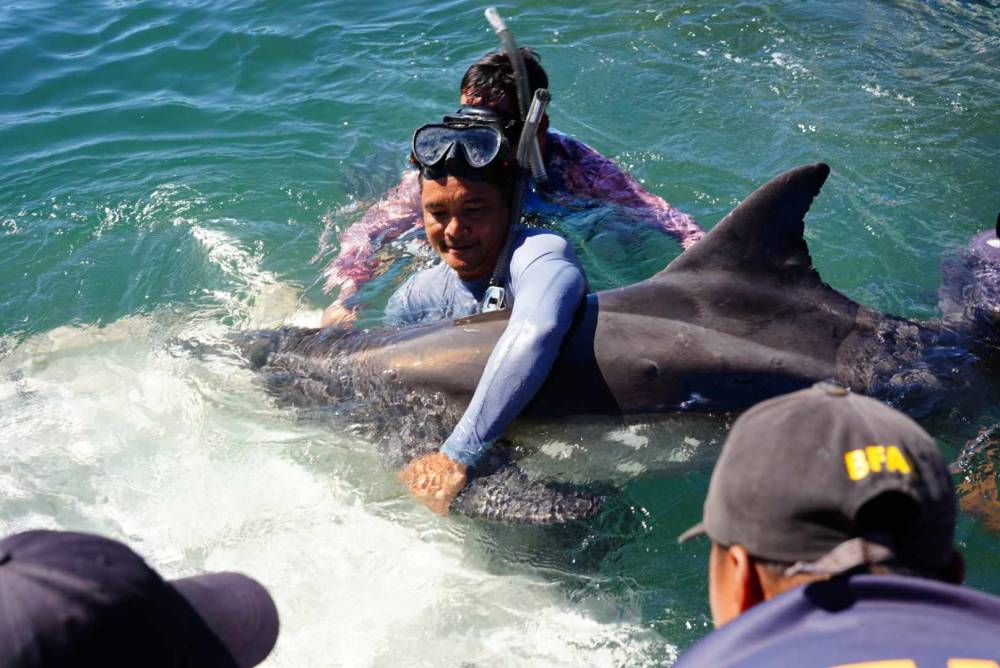
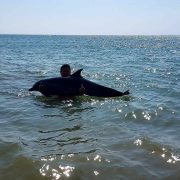
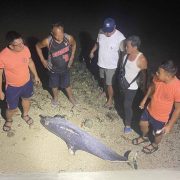
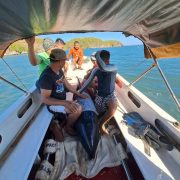
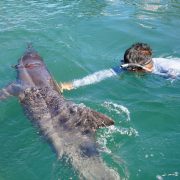 +11
+11 SAN FERNANDO CITY—Constancio Baptista, 40, had cradled “Neri,” a pantropical spotted dolphin (Stenella attenuata), above seawater for 18 nights, from midnight to morning of the following day. He would talk to Neri, telling her that if she made it, she must forgive those who hurt her at sea and to help distressed fishermen when needed.
Baptista has been a marine mammal responder for 12 years now and always did the graveyard shift.
“I sometimes can’t help but doze off but when the dolphin moves, I become alert again,” he told the Inquirer.
This is the reality of dolphin rescue, although dreamy sequences are often depicted in movies, showing how friendship develops between the animal and their rescuers.
“Marine mammal rescue and rehabilitation is laborious and tiring, so as much as possible we have to maximize and use our resources well. Our efforts are not a joke. Human work force and finances are also essential,” said Hasmin Chogsayan, a veterinarian of the Bureau of Fisheries and Aquatic Resources (BFAR) regional office in the Ilocos.
The BFAR is tasked with the care of marine mammals which are washed ashore, either giving them the medical assistance and food that they need until they are strong enough for release to the sea or burying them when found dead or when they die while being rehabilitated.
Success, heartbreaks
There are success stories, too. These often involve a rescued dolphin being returned to the wild.
One of these is “Tala,” a female rough-toothed dolphin (Steno bredanensis) that underwent medication and rehabilitation at the BFAR facility in Lucap and on Cariaz Island in the Hundred Islands National Park in Pansinan province. She was there for 50 days from July until she was released to the Lingayen Gulf on Aug. 21, 2018.
Volunteers, BFAR staff and members of the Philippine Marine Mammal Stranding Network (PMMSN) saw Tala off to the sea, releasing her some 10 kilometers from Lucap Wharf in Alaminos City. Tala lingered for a minute before swimming into the deeper part of the sea as volunteers shed tears of mixed sadness and joy.
“Without human intervention, she would have died as she was emaciated and very weak when found on the beach,” Dr. Lemnuel Aragones, PMMSN president, said in a separate interview.
But success stories are far apart as many end up dying.
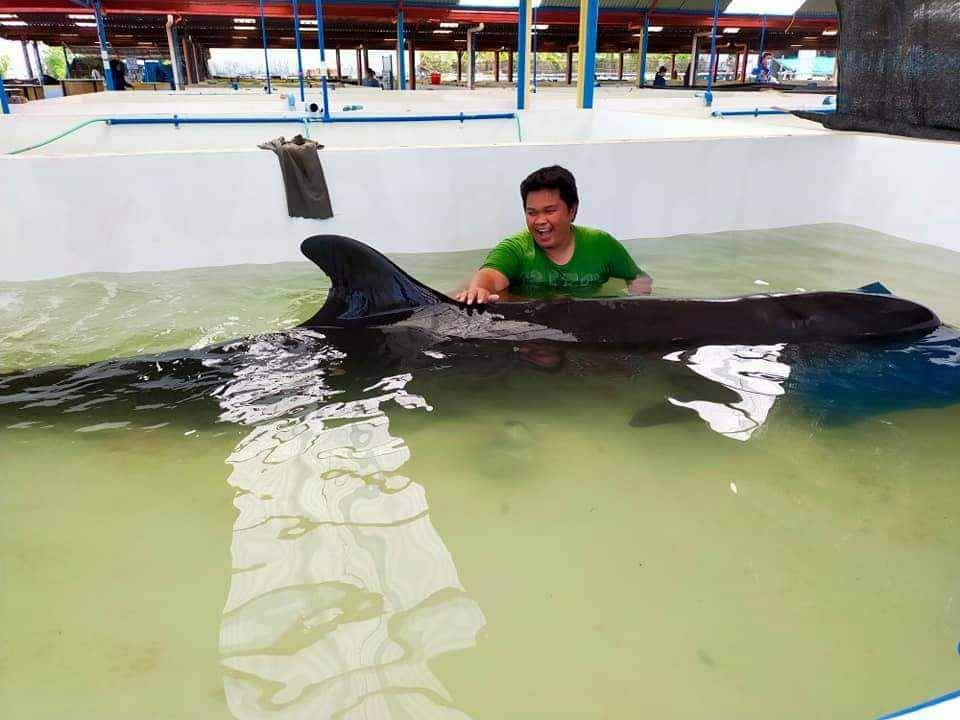
Neri, who was stranded in 2021, was one of these heartbreaking stories, said Baptista, a skipper of a BFAR’s patrol boat. He was emotional as he recalled the nights he spent helping her, until she was transferred to the Ocean Adventure marine theme park at Subic Bay Freeport which has the facilities for critically ill marine mammals.
But despite the round-the-clock care, Neri eventually died.
Rodolfo Altre, 30, also a patrol boat skipper, said he felt losing “something when a dolphin (under my care) dies.”
Margirie Abasolo, another BFAR staff, said an emotional attachment between responders and the marine animals would develop especially when the rehabilitation took days or even weeks.
“Hart,” another rough-toothed dolphin stranded in Agno, Pangasinan, in February this year, also broke hearts after it died while under rehabilitation in Ocean Adventure on March 13.
‘Dolphin stories’
BFAR’s “dolphin stories” usually start with a message from village officials about a stranded animal.
If alive, volunteers and groups like PMMSN promptly jump into action to keep the sea creature comfortable and its wounds treated. The sick or wounded are given medical interventions like antibiotics, vitamins and are force-fed with fresh fish and squid, the usual meals of dolphins.
The dead undergo necropsy to find out the cause of death.
It takes a “community” of responders and volunteers to help in transporting, treating, keeping the animals afloat and force-feeding them.
BFAR records showed 41 cases of marine mammal stranding in the Ilocos region in 2022. It went down to 13 incidents in 2023.
This year, however, 31 cases had already been recorded in the Ilocos as of June 11. The region in northern Luzon is known as the country’s hot spot for marine mammal stranding, PMMSN records showed.
This prompted BFAR to construct a marine mammal rehabilitation pen on Cariaz Islands in the Hundred Islands National Park. This year, at least 10 had been released to the sea. Seven were admitted for treatment, of which, two were also released later while five died during the process.
Causes
Necropsy done on the marine mammals usually reveals how man-made activities cause their sickness, injuries or death.
A necropsy on a false killer whale (Pseudorca crassidens) found dead in Dagupan City last June, showed that it ingested garbage like rubber, a plastic bottle and caps, nylon, tree branches and cellophane, Chogsayan told Inquirer.
Hart’s lungs were bright red and filled with thick pus confirming the diagnosis of pulmonary infection, according to a statement by Ocean Adventure.
It also said that the animal’s “stomach was full of foreign objects such as twigs and leaves causing ulcerations in the mucosa of the organ.” It added that the animal ate twigs and leaves “as he was too weak to hunt for fish out in the sea until he was stranded.”
The Ocean Adventure statement said the story of Hart was not uncommon, as “many stranded dolphins that Ocean Adventure and BFAR rescue and rehabilitate ultimately die from severe infection and/or foreign objects in their stomach.”
The report also said that many dolphins had already been diagnosed with “acoustic trauma” as the cause of their stranding. Acoustic trauma is hearing loss caused by a loud sound such as that of a dynamite blast.
“It is therefore very important that this practice is put to an end so we can protect our ocean and all animals that live in it for the future of humankind,” its report said.
Whenever a dolphin dies during rehabilitation, Chogsayan said she would tell herself that “there are things that are out of our control.”
“Naming animals, such as ‘Hart,’ isn’t wrong but it predisposes one to heartbreak. This is one thing that is almost always unavoidable especially if people are on full altruistic mode. Emotional drain is just as exhausting as, if not more than, the physical,” the PMMSN said.
But the network is always ready for the next marine mammal in need.
“We may have lost Hart, but we have not lost heart,” it said.







